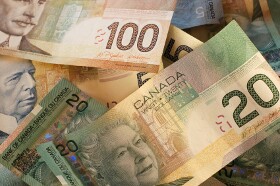The Canadian dollar ended the week soft, mainly due to risk aversion caused by the threat of trade wars. Underwhelming domestic macroeconomic data hurt the Canadian currency for a short while, but it recovered quickly.
It looked like trade dispute between the United States and its allies, including the European Union, as well as China was intensifying. US protectionism is bad news for Canada, which heavily depends on trade with its neighbor.
The loonie fell on Friday after disappointing reports about inflation and retail sales. But the currency bounced by the end of trading as crude oil soared more than 2% after the Organization of Petroleum Exporting Countries increased its output less than was expected.
Next week, gross domestic product will be the major economic release in Canada. Traders wait for it to determine whether the Bank of Canada hikes interest rates at its meeting on July 11. Some experts, though, have already ruled out a hike due to the Friday’s poor reports.
USD/CAD rose from 1.3174 to 1.3266, and its weekly high of 1.3382 was the highest since June 2017. EUR/CAD advanced from 1.5261 to 1.5454, touching the high of 1.5583 on Friday. CAD/JPY ended the week at 82.78 after opening at 83.82 and falling to 82.26.
If you have any questions, comments or opinions regarding the Canadian Dollar,
feel free to post them using the commentary form below.
Canadian Dollar Ends Week Soft, Hurt by Trade War Threat
